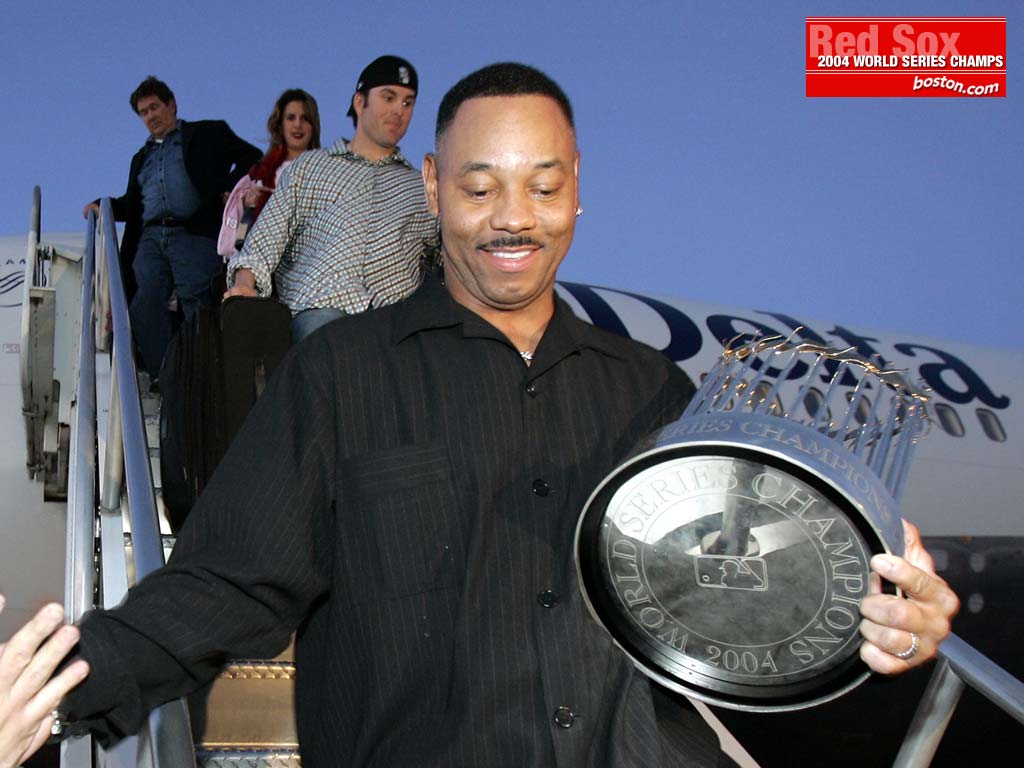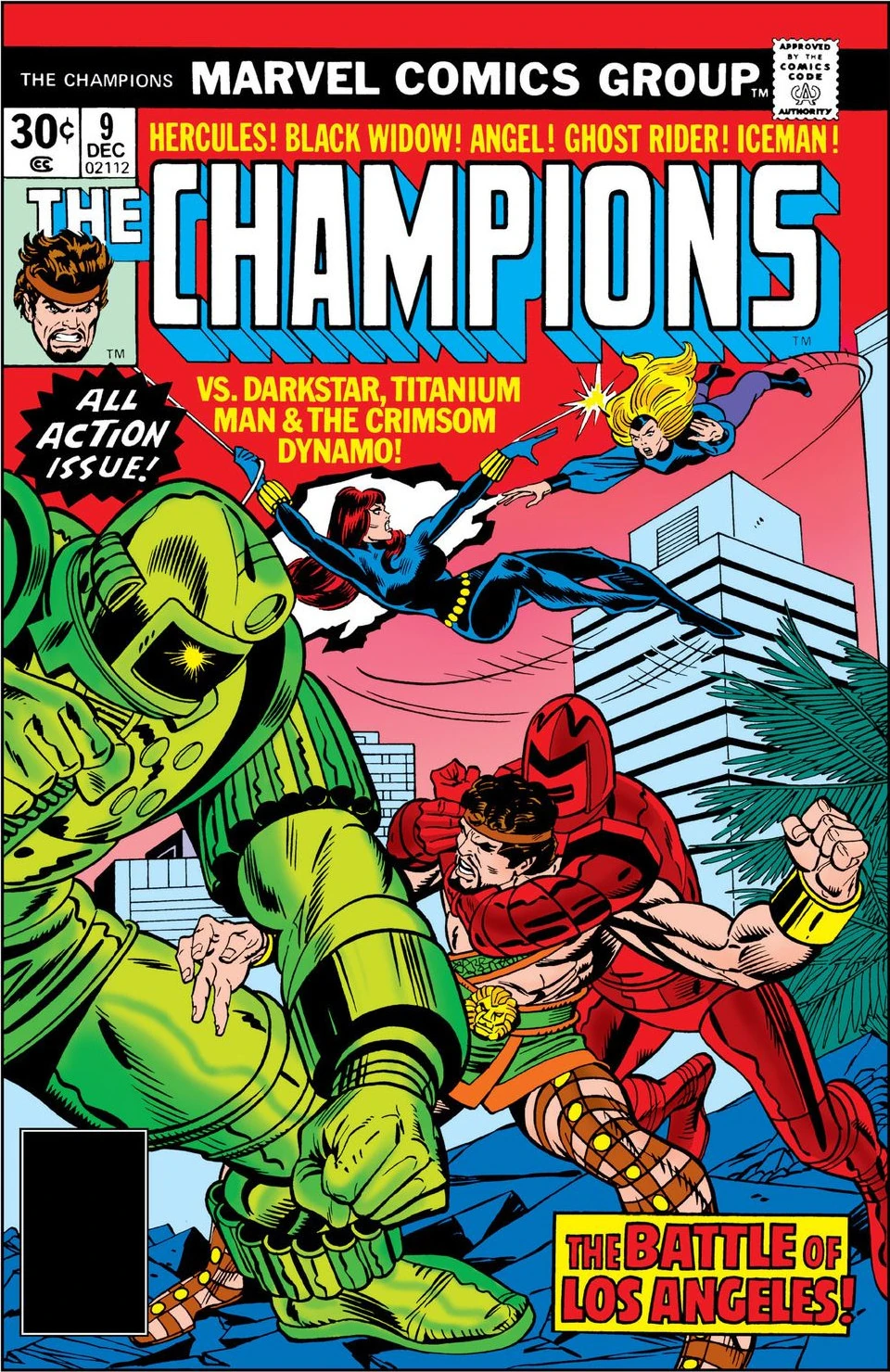“The game
is afoot! Look who I found in my mailbox today. I hope I get a Phil Plantier
tomorrow.”
Yeah. It’s not Shakespeare, I know. I was still trying to
find my footing with this whole Baseball Card Bandit (BCB) thing and wasn’t
sure exactly where this thing was going*.
* To be honest, I still don’t know. At Aly’s 40th birthday
party dinner on Saturday, someone asked me if I knew who the BCB is, I said
that I did and told them a name. The entire room stopped, everyone looked at me
and shook their head and told me I was one thousand percent wrong. So I’m not
sure whether they were all screwing with me by trying to throw me off the scent
or whether they were being truthful.
It reminds me of the Epimenides Paradox. From 19th Century English academic Thomas Fowler via 21st Century academic Wikipedia: “Epimenides the Cretan says, 'that all the Cretans are liars,' but Epimenides is himself a Cretan; therefore he is himself a liar. But if he be a liar, what he says is untrue, and consequently the Cretans are veracious; but Epimenides is a Cretan, and therefore what he says is true; saying the Cretans are liars, Epimenides is himself a liar, and what he says is untrue. Thus we may go on alternately proving that Epimenides and the Cretans are truthful and untruthful."
It reminds me of the Epimenides Paradox. From 19th Century English academic Thomas Fowler via 21st Century academic Wikipedia: “Epimenides the Cretan says, 'that all the Cretans are liars,' but Epimenides is himself a Cretan; therefore he is himself a liar. But if he be a liar, what he says is untrue, and consequently the Cretans are veracious; but Epimenides is a Cretan, and therefore what he says is true; saying the Cretans are liars, Epimenides is himself a liar, and what he says is untrue. Thus we may go on alternately proving that Epimenides and the Cretans are truthful and untruthful."
Back to Mike Greenwell. Greenwell played 17 games in 1985,
31 in 1986 and was part of the American League Championship Series and World
Series roster that year. I know a lot about the Red Sox, I’m no Thomas Fowler,
but I know a bunch about the team. I remember Greenwell whiffing badly in Game
Six of the World Series, but if you had told me that he got into 31 games that
season, I would have thought you were lying – like Epimenides!
Greenwell didn’t really come into my fan consciousness until
1987, when he and Ellis Burks teamed up to be “The Gold Dust Twins V2.0”*. It
was thought that not only was Greenwell going to carry on the Boston leftfield
legacy for another generation (Ted Williams to Carl Yastrzemski to Jim Rice to
Mike Greenwell) but that he and Burks were going to be the second coming
(though mirror images) of Rice and Fred Lynn.
* Every time the Red Sox have two rookies come up in the
same year and experience a little bit of success, the Boston Media falls all
over itself to call them the incredibly clichéd “Gold Dust Twins”. It happens
all the time. From Greenwell and Burks to Mo Vaughn and Phil Plantier to Mookie
Betts and Xander Boegarts, you can bet your mortgage that someone (probably
Boston Herald writer Steve Buckley or Globe scribe Dan Shaughnessy) is going to
write a breathless column wondering if this new duo is the next GDT. Guys, I’m
begging you, come up with a new name. Please.
Things were looking pretty good for Mike Greenwell in his
first two years. He was an All-Star in 1988 (and 89) while finishing behind
Jose Canseco (who was the first player to hit 40 homers and steal 40 bases when
that was a HUGE thing) in the Most Valuable Player race*. Injuries took its
toll on the Gator (that’s what he was called I guess because he was from
Florida**) and he never reached the heights of that magical 1988 season.
* In the 2000s Canseco admitted to using steroids during the
1988 season, Greenwell began banging the drum that HE should now get the 88 MVP
trophy because his former teammate (they ended up on the Sox together in 1995) was a cheater. That seemed kind of dumb, a
waste of time and a bit desperate. Greenwell knew that he wasn’t going to retroactively get the
award, right?
He was out of baseball at the age of 32 in 1996.
Greenwell was an interesting player and drama always
seemed to find him. He was a butcher in left field and there were times
when it seemed that he was going to inadvertently kill Ellis Burks** when the two
would chase a fly ball. He would constantly say dumb things to the press and then get into fights with reporters over what he said. He got into a fight with Mo Vaughn while they were
taking afternoon batting practice because Vaughn didn’t “know his place”.
That wasn’t a racial thing, but more a veteran-rookie thing.
I guess in the baseball world if a veteran wanted to hit BP, he’d just cut in front
of a rookie and the first-year guy was just supposed to shut up and take it (baseball players are just the worst—they really are).
Vaughn never took any crap from anyone so they exchanged words which led to the
rolling around on the dirt in Anaheim. It was kind of a big deal in the papers
that week because by this point the Red Sox sucked, the Patriots stunk and it
was too early to figure out whether Larry Bird and Cam Neely were going to suit
up for their respective winter teams. So, it was all Gator and Mo, all the
time.
At that point, I was pretty much done with Mike Greenwell.
He devolved into an injury-plagued iron glove who didn’t hit with much power,
but carried himself as top echelon guy. He was an extremely destitute man’s
Wade Boggs, without the defense and the eccentric behavior. Greenwell also
seemed to embody every dumb stereotype of Florida in one package: he loved NASCAR,
he had that dumb, unironic mustache, that slow drawl and cackle.
Mo Vaughn was from the Northeast and he had that East Coast swagger. He was the future of the Sox and everyone knew it. Mo talked big, he hit big and this hulk of a dude
was going to lead the Sox somewhere. The Hit Dog (as Vaughn was known as) also seemed like a genuinely good guy—we all knew
about his charity—and he sounded smart (though later we found out he did a lot
of dumb things) especially compared to the Gator (both nicknames were pretty dumb in retrospect). When Mo chucked Greenwell around the Big A, it felt as if it
was a palace coup and Vaughn was now in charge.
Unfortunately, Mo lead the Boston Red Sox to the same place
that Greenwell did: an ass-kickings in the first round of the playoffs.
Looking back on Greenwell, he had a decent career: he hit
for a better than decent average, had an okay batting eye, could drive in runs
(he holds the all-time record for most Game Winning RBIs in a season with 23 in
1988, a record that will never fall because Major League Baseball no longer
recognizes it as a valid statistic) and made $22 million. I’d take that.
And to be honest, it probably was unfair of me to project my
feelings onto a guy I never met and only “knew” through 30-second soundbites.
Greenwell probably wasn’t an Everglades Einstein, but who cares. The guy was
paid to hit and he did a relatively decent job at it.
Ever since John Henry and his crew came to own the Red Sox,
they’ve done a lot of outreach with Red Sox alumni, even ones that left town
acrimoniously (and there are a lot that have done just that). But the one guy
you never see at the ballpark is Mike Greenwell. The guy played his entire
career with one team: the Boston Red Sox, he was a star when the team
desperately needed new ones and with better PR, he could have been the first
version of Kevin Millar.
Come back Greenie, all is forgiven. Mostly.






